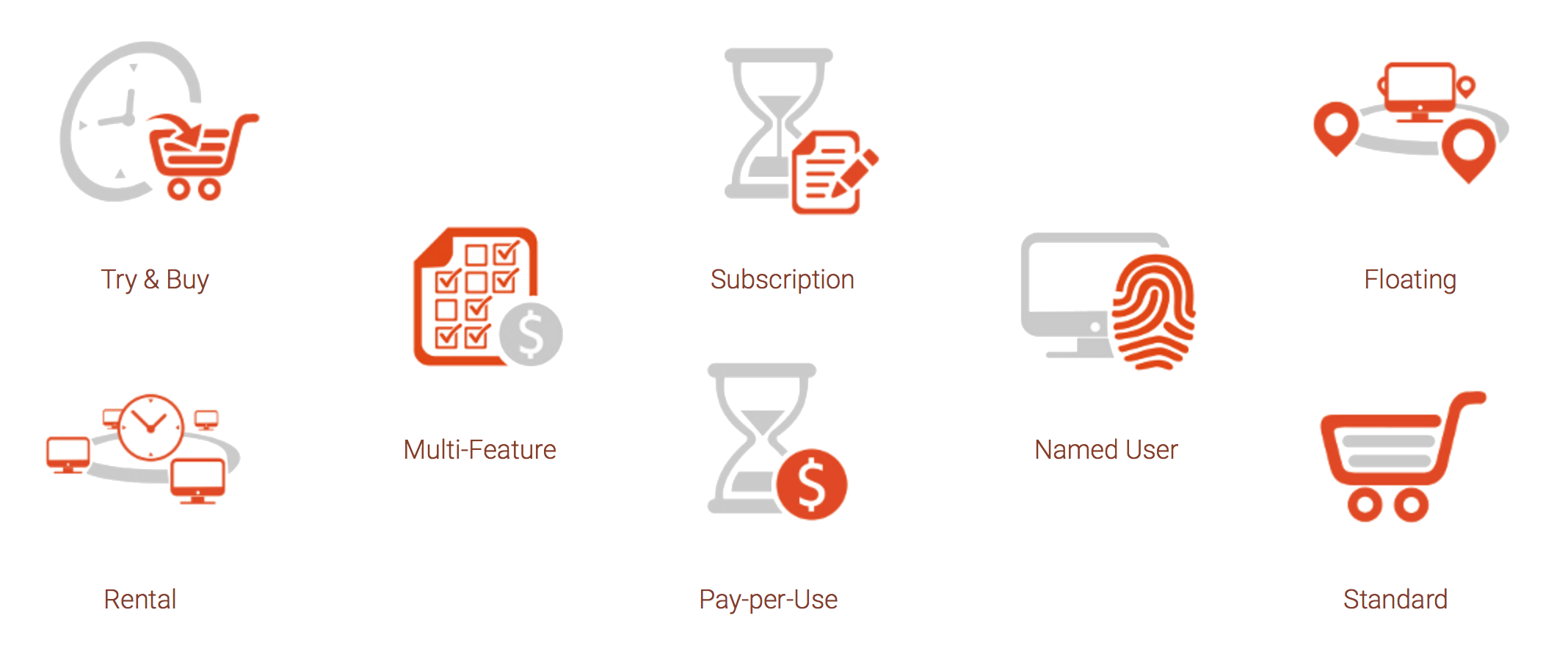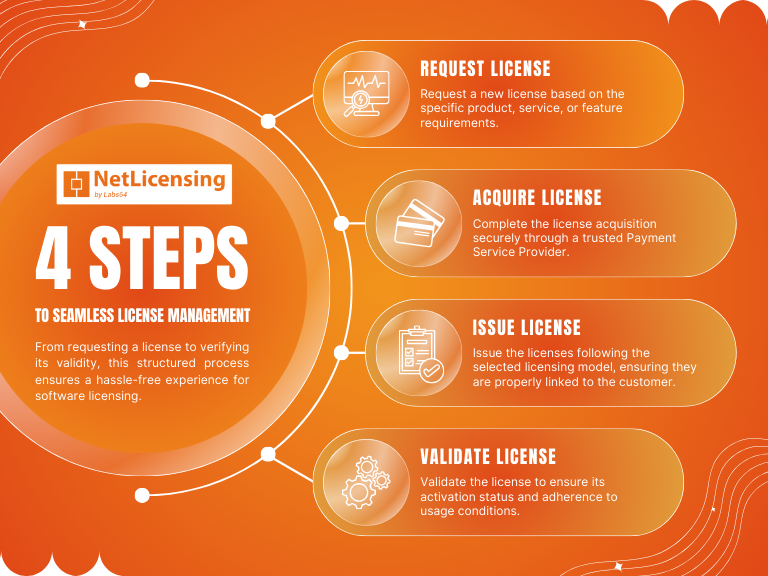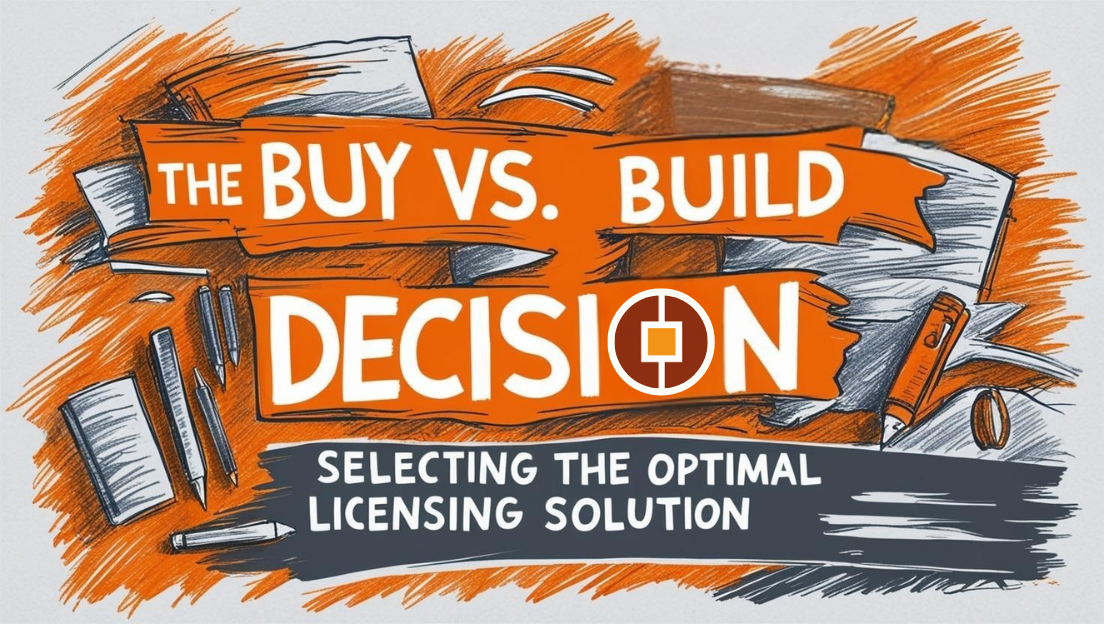Software Licensing Models – Usage and Performance Licenses

It is likely that when they are investigating a new piece of software in which they are considering investing, your customers will want to be sure that they get the absolute best value for their money. In your position as a vendor, it is worthwhile building strong relationships with your customers by always helping them to get the best deal possible. This will save them money in the short term and help build stronger relationships in the long term.
The level of use which a particular piece of software receives will often vary from company to company and as such it is good to know that there are several license types which cater to this variation in usage requirements. In this article we will be looking at two different license types; Capacity and High-water mark of past use. Both of these license types calculate the cost to the user based on their actual use of the software – with some key differences.
Capacity Licenses
This license type is helpful as it caters to user bases of all sizes. The cost of the license is measured in relation to the actual capacity which the end user has available. This is same for whether your customers are using a single node (or machine) or whether they are running the software on several machines across a network.
This license type is most useful for those pieces of software which are very heavy on the computers performance. If your customers are running a database on their server, using a machine or series of machines to performance financial transactions or need to run lengthy and complex calculations using software then a capacity license is typically well suited.
It is worth bearing in mind that the calculation of the cost of can be affected by the network structure and the value to your customers business may not be entirely determined by the actual CPU usage by the software.
High-water mark of past use
This license type is arguably the best alternative to the previous types of multiple-user software licenses (discussed in previous articles) where the end user wants to be able to have access to high-quality software, but will have extended periods of time where it is not in use. No business wants to be paying for something that they are not using, and your customers will be no different. As such, you should always make sure that you find out as much as possible about how your customer plans to use the software, and how frequently it will be used.
A good example of where this license type can be well applied is in a school or University. Due to the structure of the academic year, there will be extended periods – most notably over the summer, when certain software will not be used. Under these circumstances it can be highly desired for the customer to pay significantly less for the software for this time, especially where it is a high-cost license.
The calculation method for the usage fees for these license types vary between the difference pieces of software but it is typically calculated on a monthly basis.
We hope that you have continued to find this series interesting and informative!
Image Credits: Labs64





